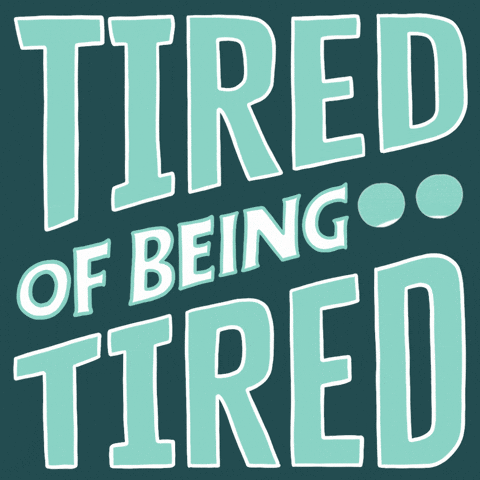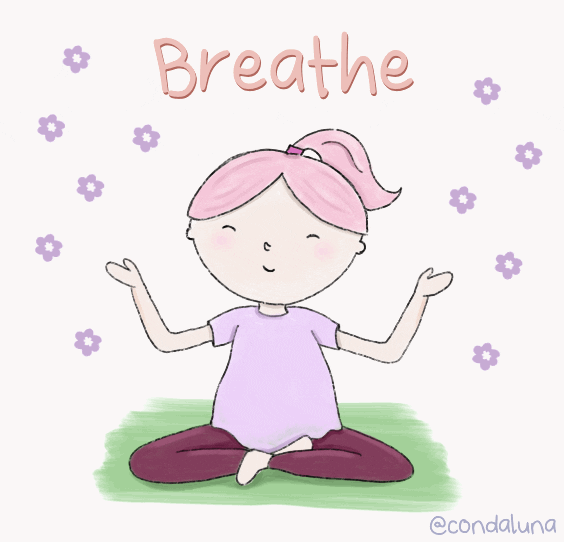I recently reconnected with a long-time friend of mine who is currently in her second year of teaching second grade. Our catching up consisted mostly of listening to her vent about the enormous levels of stress and burnout she is experiencing at work, and it wasn’t just her. She described three colleagues quitting within the past few months and spoke of others sharing their common frustrations with her. This wasn’t the first time I had heard of teaching being a stressful and overwhelming career-choice, but it did lead me to question how much more stressful it must be during the pandemic, and what we should or could be doing about it.

The COVID-19 pandemic took an already stressful and anxiety-provoking career and intensified these negative effects. Going from in-person classes to virtual-learning and now back to in-person, or hybrid learning with restrictions, is an extremely exhausting experience for many teachers. During the pandemic, teachers reported a much higher percentage of frequent job-related stress and depression than the general adult population. In fact, during a survey for public school teachers in January 2021, 78% of teachers said they experience frequent job-related stress when compared to 40% of employed adults. That is essentially double the average amount of individuals stressed (Cerullo, 2021). Even more unnerving might be the 27% of teachers reporting depression symptoms, a 17% increase from the average working adult (Barnum, 2021). Such large differences raise the question of, why?
These rates of stress and depression stem from various causes. Adjusting to remote learning (especially hybrid learning – where some students are in person and some are remote), supporting students psychologically, worrying about their own safety, being unable to reach students, long hours, and new technology were all challenges teachers faced during the pandemic that contributed to their worsening mental health. It is also common for teachers to experience a poor work-life balance, intense job demands, and feeling a lack of power during decision-making. For those of you with your own students or those working in education, all of these may sound familiar.

Trying to engage a large group of students through a video chat lesson can be exceedingly difficult. Now factor in trying to contact these students when they aren’t answering online, fearing your own health when your students won’t wear their masks properly, balancing in-person and remote students, and supporting your students that have experienced hardships and were psychologically impacted by COVID-19. With the limited social and emotional learning support teachers have, it becomes hard to not understand how teachers are mentally burnt out.
So what can we do to improve this?
Of course there are larger-discussion conversations that need to be had regarding schools and the way they are functioning, but there are actions teachers can directly take to improve their mental wellbeing. The following are a few examples:
- Exercise and good nutrition
- Social-Emotional learning
- Mental Health Training & Support Groups
- Self-care
- Preparation
- Mindfulness Meditation
This blog will be focusing on mindfulness meditation and how teachers can apply this approach to improve their stress levels and depressive symptoms.
Mindfulness Meditation
One great aspect of this approach is that anyone (yes, even teachers!) can practice mindfulness meditation, anywhere. I think it would be a wonderful idea to give teachers time in their days to practice mindfulness meditation but it can also easily be done at home with no equipment required. The main idea behind this meditation is to slow down thoughts and calm the mind and body, focusing on “the now”. There are different techniques used, many of them include deep-breathing, however, all you need to practice is a comfortable space, yourself, and an open-mind.
Apps such as Headspace, Calm, Shinetext, and even youtube are great sources for guides if meditating in silence is difficult, but they are definitely not required for reaping the benefits. Mindfulness meditation has been shown to: reduce stress, lower heart rate, improve immunity, help provide better sleep, and of course help reduce stress and anxiety. Meditation decreases physiological overreaction to stress factors. It can help teachers cope with the stressors they face on a daily basis and gain control of their responses. Using meditation as an approach to combat burnout and intense stress levels in teachers has been shown to be an effective method.

A study taken by 78 teachers and staff showed “significant improvement in emotional exhaustion (the main factor in burnout), resilience, perceived stress, fatigue, and depression for those practicing meditation compared to controls.” (Front. Educ. 2021). Meditation is linked with positive emotional well-being and behavior which can both serve as buffers for burnout, a large problem amongst teachers.
Applying meditation as a self-care tool is not only beneficial for teachers who are feeling overwhelmed and burnt out, but also for their students. It is difficult for teachers to perform at their best when they are feeling this way, which can lead to less effective learning for their students. Taking just 5-10 minutes a day can reduce stress and depressive symptoms, allowing teachers to be more present and focused during their lessons.
I hope I have been able to shed some light on the positive outcomes meditation can have for those professionals who are struggling with their mental health. Teachers should be appreciated for all the hard work they do and we need to seriously evaluate the impacts COVID-19 has had on their ability to succeed and be content in their work. The pandemic has had huge ramifications but it has definitely forced us to re-evaluate what is most important, our mental and physical health.
References:
https://www.chalkbeat.org/2021/6/15/22534048/teacher-stress-depression-pandemic-survey
https://www.cbsnews.com/news/teachers-had-most-stressful-job-during-pandemic/
https://www.frontiersin.org/articles/10.3389/feduc.2021.627923/full
view + leave comments . . .